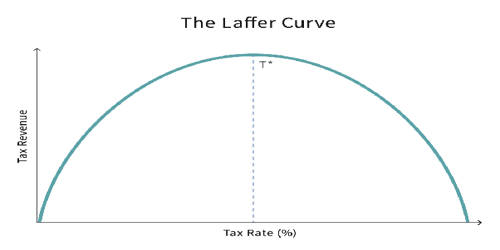Ecosemiotics is an interdisciplinary topic that studies the connections between signals, meaning, and communication in the context of ecology and the natural world. It is a branch of semiotics that intersects with human ecology, ecological anthropology, and ecocriticism. It blends semiotics, the study of signs and symbols, with ecological studies to better understand how communication and meaning-making processes work in ecosystems and the interactions of living creatures with their surroundings. It investigates sign processes in culture as they relate to other living creatures, societies, and environments.
Ecosemiotics is the study of how living organisms utilize signs and symbols to communicate information about their environment, develop relationships, and adapt to ecological constraints. This involves research into diverse forms of communication in nature, such as animal communication, plant signaling, and how ecosystems as a whole reflect communication patterns.
Ecosemiotics also studies the sign-mediated elements of ecosystems. Ecosemiotics views the environment as having semiotic qualities at many levels. The material environment has affordances and capacity for participation in sign connections. Animal species assign meaning to the environment based on their requirements and surroundings. In human civilization, the environment can take on meaning through literary and artistic depictions, as well as through animal or landscape symbolism. Cultural representations of the environment influence the natural environment via human behavior.
Ecosemiotics highlights the necessity of understanding nature’s semiotic elements to obtain insight into ecological processes, biodiversity, and the interconnection of living creatures within ecosystems. It also emphasizes how human culture and language shape views of the environment and influence ecological actions.
Ecosemiotics studies the processes, transmissions, and challenges that occur inside and between the environment’s various semiotic levels. The fundamental focus of ecosemiotics is on the function of concepts (people’s sign-based models) in environmental design and change. Ecosemiotic analysis concepts include semiocide, affordance, ecofield, consortium, and dissent.
Overall, eco-semiotics help to deepen our understanding of nature’s symbolic and communicative elements, supporting a more holistic approach to ecology that takes into account both biological and cultural viewpoints.
















